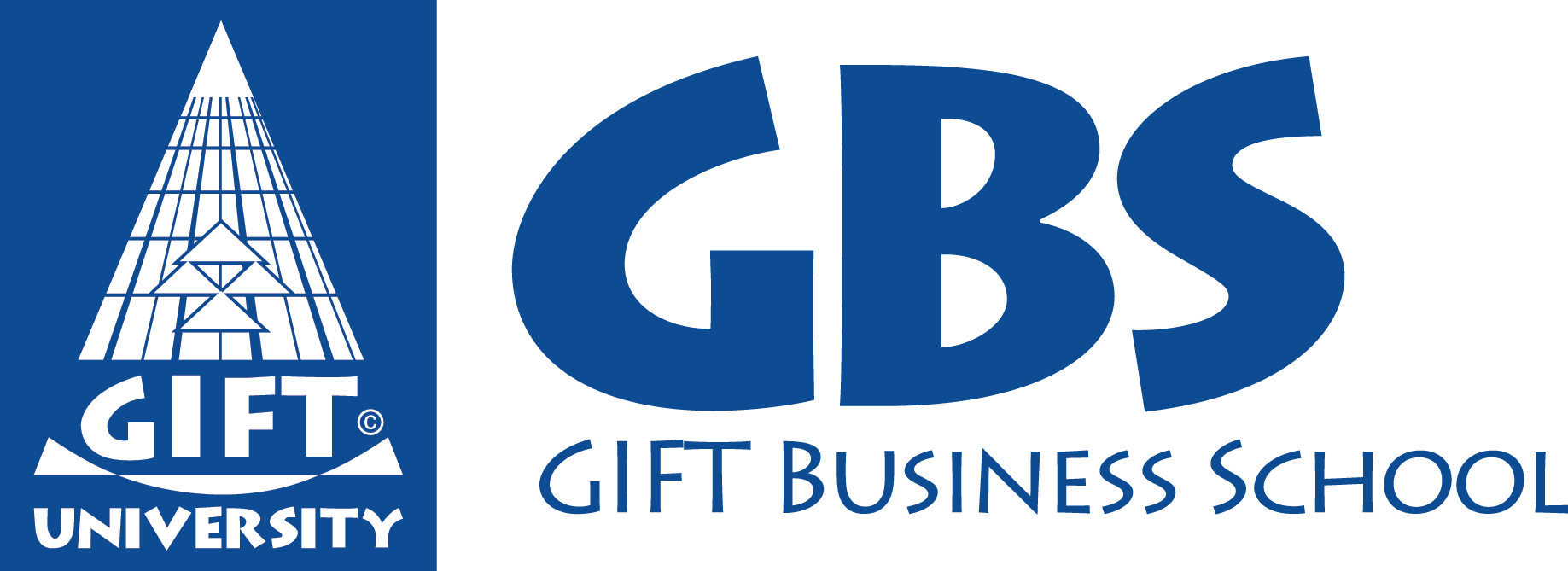In the world of business and commerce, contracts play a vital role in ensuring smooth transactions and protecting the interests of all parties involved. Two important terms that often come up in this context are lease agreement and millwork general contractor.
A lease agreement is a legally binding contract between a landlord and a tenant that outlines the terms and conditions of renting a property. It covers important aspects such as rent, duration of the lease, maintenance responsibilities, and any additional terms agreed upon by both parties.
A millwork general contractor, on the other hand, refers to a professional who specializes in the installation and fabrication of custom wooden fixtures and furnishings. They are skilled in creating intricate woodwork designs for residential and commercial projects, adding aesthetic value and functionality to spaces.
While these terms may appear unrelated, they often intersect in the construction industry. When a commercial space is leased, the tenant may require renovations or customizations to suit their specific needs. This is where a millwork general contractor comes into play.
In many cases, a millwork general contractor works closely with the tenant and the landlord to ensure that the renovations align with the lease agreement. This may involve constructing custom cabinetry, shelving units, or other wooden fixtures that enhance the functionality and visual appeal of the leased space.
Understanding the terms and conditions of a lease agreement is essential for both landlords and tenants. It helps avoid misunderstandings and legal disputes, ensuring a harmonious landlord-tenant relationship. Similarly, engaging a reliable and competent millwork general contractor is crucial to achieving the desired results in commercial space renovations.
By having a clear understanding of the agreement per contract and the services provided by a C and F contract, both parties can collaborate effectively and create a space that meets all requirements and specifications.
For successful contract management, various skills are needed. These include negotiation, communication, attention to detail, and the ability to analyze and interpret legal terms. To learn more about the skills needed for contract management, explore the link.
Additionally, contracts come in different forms and serve various purposes. For example, a free collateral loan agreement form is used to document a loan that is secured by collateral, ensuring that the lender has recourse in case of default.
Another type of agreement worth exploring is an oral agreement. To understand the meaning of oral agreement and its implications, visit the provided link.
In certain fields, alternatives to traditional training contracts are gaining popularity. These alternatives offer individuals an opportunity to gain valuable work experience and develop their skills in a practical setting. Explore the link to learn more about alternatives to training contract.
Finally, a research and development agreement checklist can be a useful tool for organizations engaged in collaborative research projects. It helps outline the terms, responsibilities, and expected outcomes of the partnership.
In conclusion, understanding the concepts of lease agreement and millwork general contractor is essential for individuals and businesses involved in real estate and construction. By exploring the provided links, you can gain further insights into these topics and enhance your understanding of the intricacies surrounding contracts in various industries.
